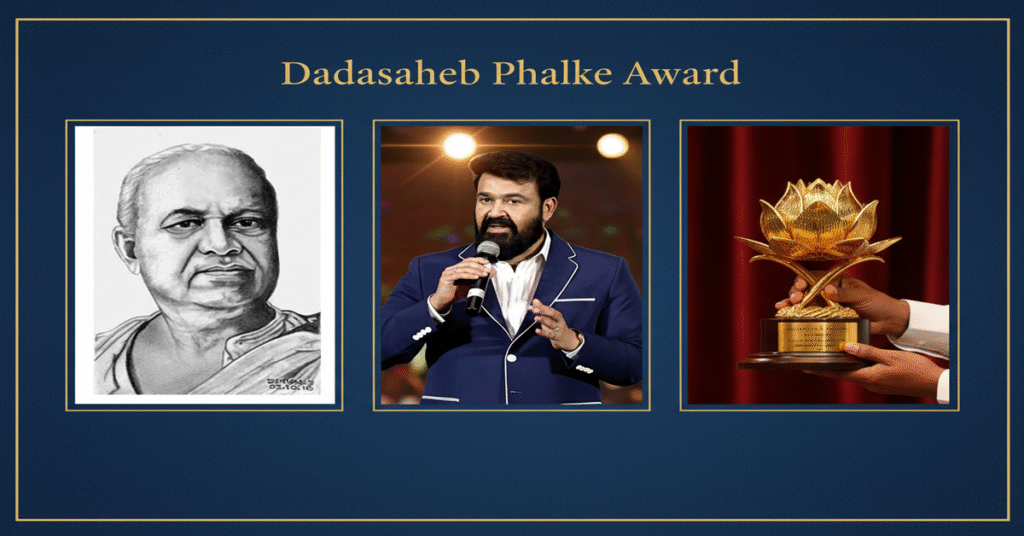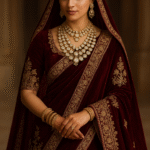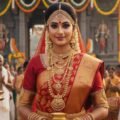Indian cinema has grown into one of the largest film industries in the world, connecting millions of people across languages, cultures, and generations. Among all the honours bestowed on cinema legends, the Dadasaheb Phalke Award stands at the pinnacle as the highest lifetime achievement award in Indian cinema.
The Government of India instituted this award in 1969 to commemorate Dhundiraj Govind Phalke, popularly known as Dadasaheb Phalke. He directed India’s first full-length feature film, Raja Harishchandra (1913), and laid the foundation for Indian filmmaking.
In 2025, the award recognised Mohanlal, the legendary Malayalam actor whose career spans over four decades. His recognition not only honours his contribution but also reflects the rich diversity and evolution of Indian cinema.
Moreover, this award motivates emerging actors, directors, and filmmakers to continue innovating, thereby preserving India’s cinematic legacy for future generations.
🌟 Dadasaheb Phalke Award 2025 Winner – Mohanlal
Mohanlal Vishwanathan, better known as Mohanlal, received the prestigious Dadasaheb Phalke Award in 2025. He has become a symbol of versatility, dedication, and excellence in Indian cinema.
🎭 Mohanlal’s Cinematic Journey
- Debut Film: Manjil Virinja Pookkal (1980), where he impressed audiences with a villainous role
- Career Span: Over 40 years
- Languages: Malayalam, Tamil, Telugu, Kannada, and Hindi
- Filmography: Over 350 films
- Awards:
- 5 National Film Awards for Best Actor and Special Jury Awards
- Padma Shri (2001) and Padma Bhushan (2019) by the Government of India
- Multiple Kerala State Film Awards and international recognitions
Mohanlal demonstrates effortless versatility. He portrays comic, romantic, action, and philosophical roles with equal skill. Furthermore, his contribution has elevated Malayalam cinema on the global stage. As a result, he has inspired generations of actors not only in Kerala but throughout India.
📜 History of the Dadasaheb Phalke Award
The award was introduced in 1969 to honour pioneers of Indian cinema and to commemorate the father of Indian films, Dadasaheb Phalke.
He directed Raja Harishchandra in 1913, which became India’s first full-length feature film, and revolutionised the industry. Since then, the award recognises individuals whose lifelong dedication and artistic excellence have left a lasting impact on Indian cinema.
Initially, the award highlighted actors and directors. However, as the film industry diversified, it expanded to include music directors, playback singers, lyricists, and other cinematic contributors.
The award includes:
- Swarna Kamal (Golden Lotus) medallion
- A ceremonial shawl
- Cash prize of ₹10 lakh
These elements make it not only a recognition of talent but also a prestigious ceremonial honour. Consequently, the announcement of every recipient generates excitement among audiences, critics, and filmmakers alike.
📊 Timeline of Winners Through the Decades
| Decade | Notable Recipients | Contribution |
|---|---|---|
| 1960s–70s | Devika Rani, Prithviraj Kapoor | Pioneering actors who shaped early Indian cinema |
| 1980s | Durga Khote, Lata Mangeshkar | Legendary actress and iconic singer |
| 1990s | Akkineni Nageswara Rao, Dilip Kumar | Superstars in regional and Hindi cinema |
| 2000s | Asha Bhosle, Hrishikesh Mukherjee, Manna Dey | Musical and directorial legends |
| 2010s | Amitabh Bachchan, Rajinikanth | Cultural icons with national and global impact |
| 2020s | Asha Parekh, Waheeda Rehman, Mohanlal | Evergreen performers and versatile actors |
This timeline shows how the award has recognised diverse talent and evolved alongside Indian cinema. Moreover, it highlights the transition from early pioneers to contemporary legends who continue to shape the industry.
🧾 Total Number of Recipients Till 2025
By 2025, the award has honoured 54 distinguished personalities. They represent the entire spectrum of Indian cinema, including actors, directors, singers, composers, and producers.
Each recipient has left a unique mark. Therefore, this award not only recognises personal achievement but also celebrates the evolution of Indian films as a cultural phenomenon.
🎬 Iconic Recipients and Their Contributions
🌹 Devika Rani (1969)
The first recipient, Devika Rani, became known as the First Lady of Indian Cinema. She set benchmarks for acting during the 1930s and 40s and inspired women in the industry.
🎶 Lata Mangeshkar (1989)
Known as the Nightingale of India, she sang thousands of songs in multiple languages. Her voice continues to resonate across generations.
🎥 Hrishikesh Mukherjee (1999)
Director of classics like Anand and Bawarchi, Mukherjee brought realism, warmth, and human emotions to Hindi cinema.
🎭 Amitabh Bachchan (2018)
Dubbed the “Shahenshah of Bollywood”, Bachchan’s performances redefined acting standards.
🌟 Rajinikanth (2019)
The Tamil superstar became a cultural phenomenon, influencing not only cinema but social culture as well.
💃 Waheeda Rehman (2023)
Her grace, talent, and memorable performances in Hindi films made her a timeless icon.
🏆 Mohanlal (2025)
His recognition honours his extraordinary versatility and dedication across four decades.
🌍 Significance of the Dadasaheb Phalke Award
The award remains a symbol of ultimate recognition in Indian cinema. It:
- Acknowledges Lifelong Contribution – Celebrates an artist’s complete career rather than a single achievement.
- Preserves Cinema’s Legacy – Ensures that the contributions of legends remain remembered.
- Inspires Emerging Talent – Motivates young actors, directors, and technicians to pursue excellence.
- Celebrates Cultural Diversity – Recognises artists from Hindi, Tamil, Telugu, Malayalam, Bengali, Kannada, and other regional cinemas.
Moreover, it encourages filmmakers to innovate while respecting cinematic traditions.
💡 Fun & Lesser-Known Facts
- First Actress Winner: Devika Rani (1969)
- First Singer Winner: Kanan Devi (1976)
- Regional Recognition: Mohanlal, Rajinikanth, and Akkineni Nageswara Rao represent South Indian cinema on the national stage
- Bharat Ratna Overlap: Some recipients, like Lata Mangeshkar, also received the nation’s highest civilian award
📌 Famous Quotes
Mohanlal (2025): “Cinema has been my life, my passion, and my identity. Receiving the Dadasaheb Phalke Award is not just my achievement—it is for everyone who stood with me on this journey.”
Amitabh Bachchan (2018): “This award belongs to my fans, co-stars, and filmmakers who trusted me. I humbly accept it on their behalf.”
Rajinikanth (2019): “I dedicate this honour to the people who made me a superstar.”
❓ Expanded FAQs
Q1. Who won the Dadasaheb Phalke Award in 2025?
👉 Veteran Malayalam actor Mohanlal.
Q2. How many recipients are there till now?
👉 A total of 54 awardees till 2025.
Q3. What is the prize money of the award?
👉 ₹10 lakh, a Golden Lotus medallion, and a ceremonial shawl.
Q4. Is the Dadasaheb Phalke Award government or private?
👉 It is a government award, unlike the private Dadasaheb Phalke International Film Festival Awards.
Q5. Who was the youngest winner?
👉 Asha Parekh (2020) was among the youngest recipients.
Q6. Has any playback singer received this award?
👉 Yes, legends like Lata Mangeshkar, Asha Bhosle, K.J. Yesudas, and Manna Dey have received it.
Q7. What is the significance of the award in modern cinema?
👉 It motivates emerging talent, preserves cinematic heritage, and highlights cultural diversity in Indian cinema.
🎯 Conclusion
The Dadasaheb Phalke Award 2025 celebrates Mohanlal’s extraordinary career, inspiring both fans and future filmmakers. With 54 recipients so far, this award continues to honour legends while shaping India’s cinematic identity.
Indian cinema reflects culture, history, and emotions, and the Dadasaheb Phalke Award ensures that artists who dedicate their lives to this art form are remembered and celebrated.






